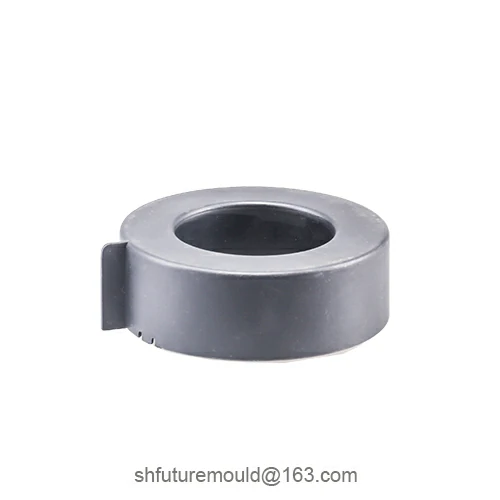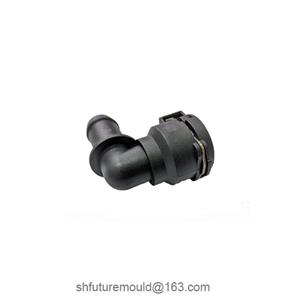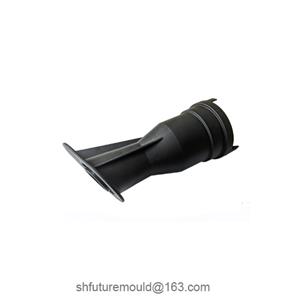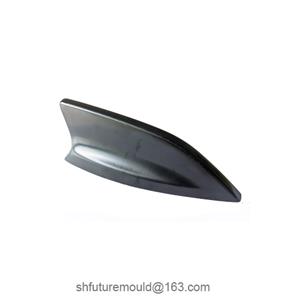Injection Molding of Glass Fiber-Reinforced Materials
Glass fiber-reinforced material injection molding is a process that enhances the mechanical properties (e.g., rigidity, heat resistance, wear resistance) of products by incorporating reinforcing materials like glass fibers into standard injection molding.
1. Material Selection and Characteristics
Material Composition
Glass fiber-reinforced materials are typically made by adding a specific percentage of glass fibers to thermoplastic resins (e.g., PP, PA, PC, PBT). The glass fibers act as reinforcement, significantly improving the final product’s rigidity, dimensional stability, and impact resistance.
Fiber Size and Content
The length, diameter, and loading percentage of glass fibers influence flowability and processability. While higher fiber content improves mechanical properties, it also reduces melt flowability, increases abrasion, and complicates mold filling. Therefore, the optimal fiber-to-resin ratio must balance performance and processability.
Melt Flowability
Adding glass fibers lowers the melt flow index (MFI) of thermoplastics, increasing melt viscosity. Adjustments to the material formula or adding flow modifiers are often necessary to ensure sufficient flowability for complete mold filling and detail replication.
2. Mold Design and Manufacturing
Runner and Gate Design
Due to the reduced flowability of glass fiber-reinforced materials, runners and gates must be carefully designed to ensure uniform melt distribution across cavities. Larger gate diameters and wider runners are recommended to minimize shear stress and fiber breakage.
Mold Cooling System
The cooling system must ensure uniform and rapid temperature distribution to prevent warping or excessive internal stress. Additionally, the high thermal conductivity of glass fiber-reinforced materials makes proper cooling critical for achieving high surface quality.
Mold Wear Resistance
Glass fibers cause significant wear on mold surfaces. Wear-resistant and corrosion-resistant mold materials (e.g., hardened steel) are essential, along with regular maintenance. Surface treatments like nitriding or chromium plating can extend mold lifespan.
3. Process Parameters and Processing
Injection Temperature
The processing temperature must balance the base resin’s melting point and the glass fibers’ thermal tolerance. Proper temperature control ensures adequate flowability while avoiding thermal degradation of fibers or resin. Precise temperature regulation is critical for stable melt conditions.
Injection Speed and Pressure
Higher injection speeds help overcome high melt viscosity, but excessive speed may cause fiber shortening or uneven orientation, compromising mechanical properties. Injection pressure must ensure complete filling while avoiding fiber breakage and internal defects.
Holding Pressure and Cooling Time
Holding pressure improves product density and reduces voids or shrinkage. Cooling time should be optimized based on mold temperature and part thickness to ensure uniform cooling, minimizing internal stress and deformation risks.
Injection Molding Cycle
Cycle efficiency must balance productivity and quality. The process demands high repeatability from equipment and parameters due to the material’s sensitivity to cycle stability.
4. Fiber Orientation and Distribution
Fiber Orientation Effects
During injection, melt flow aligns glass fibers along the flow direction, creating orientation effects that influence mechanical properties (e.g., flexural and tensile strength). Gate positioning and runner layouts can be optimized to achieve balanced fiber distribution and avoid localized weaknesses.
Defect Prevention
Fiber aggregation or discontinuous distribution is common at runner junctions or cross-sectional changes, leading to localized strength deficiencies, warping, or cold shuts. Mold flow simulation can help identify and resolve such issues during design.




